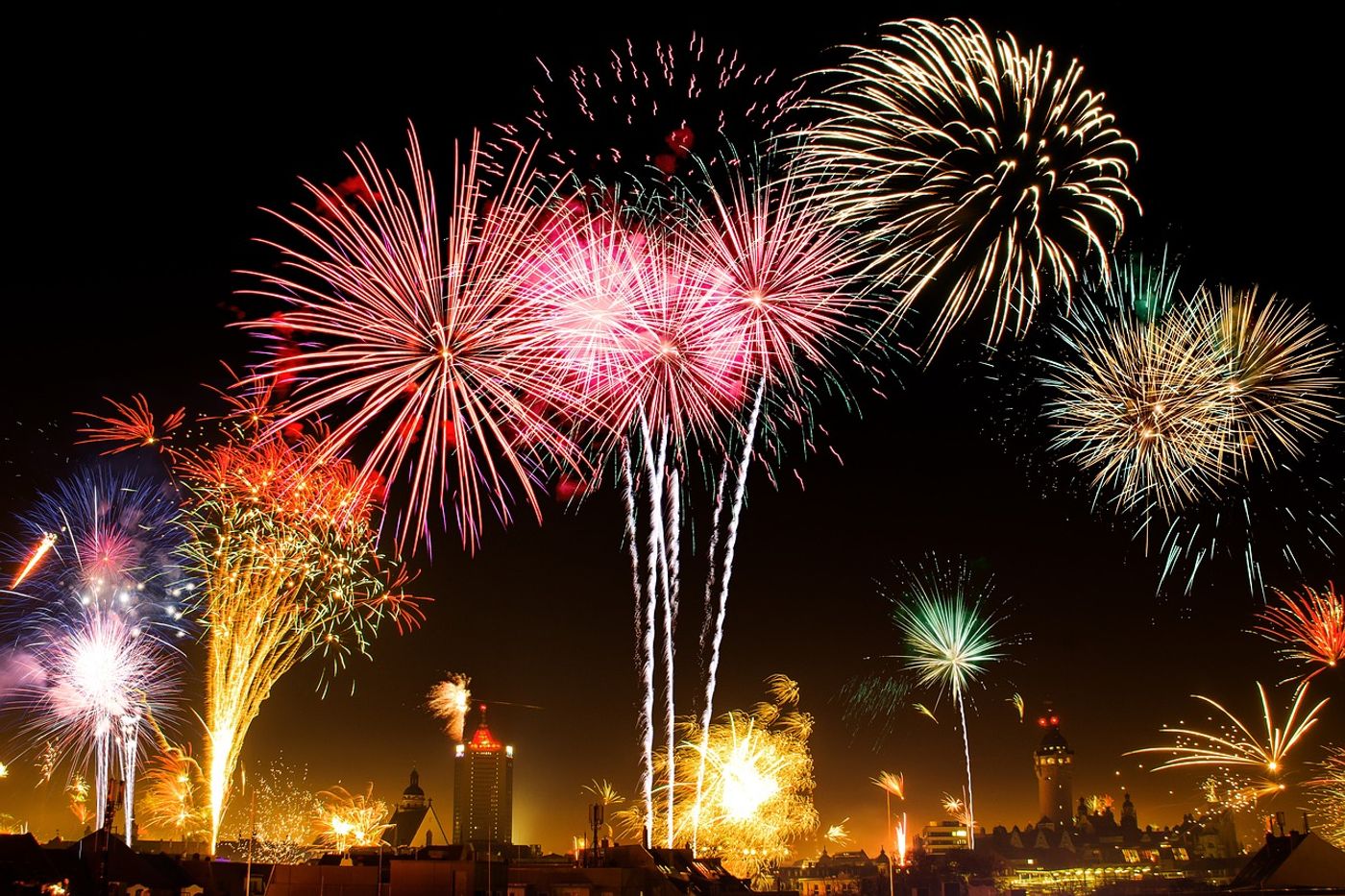Just how bad are fireworks for air quality?
It’s been two weeks since the establishment of the United States was celebrated by the ritual lighting of colorful explosives. It’s not just July 4th in the United States that utilizes fireworks to this degree. Fireworks are the essence of many holiday, religious, and theme park celebrations worldwide, creating breathtaking aerial displays.
The American Chemical Society reports that, according to the American Pyrotechnics Association, 254 million pounds of fireworks detonated in 2017. Many of us know the safety risks associated with lighting fireworks, but have you ever considered the risks associated with air quality?
Previous studies on this topic have shown that fireworks cause very high, short-term air pollution, which is certainly visible to the naked eye in some parts of the world. Most of these studies collected air samples over 12- and 24- hour periods after the fireworks display. For professor James Schwab of the Atmospheric Science Research Center at the University of Albany, this information wasn’t detailed enough. His research results were recently published in ACS Earth & Space Chemistry.
To gather real-time air quality data, Schwab and his team collected minute- and hour-averaged air samples from uptown and downtown Albany, New York from June 27th to July 7th, 2017. Large numbers of people gather outdoors to watch the city’s celebratory display on July 4th. Based on measurements of aerosol particles using a high-resolution time-of-flight aerosol mass spectrometer, the team discovered that emissions during the fireworks show were ten times higher than the hourly emissions rate from vehicles in the same area. Fireworks particles contributed to about 77% of the air particulate matter measured at the uptown site. The measurement site was approximately 8 km away from the fireworks launching site.
Additionally, peak levels of submicron particulate matter were eight times higher after the fireworks show. Levels of potassium—which is used as a propellant in fireworks—spiked 350 times the regular rate on the night of July 4th and lingered into the following day. Levels of other organics, nitrate, and sulfate were also elevated following the fireworks display.
More research is needed to determine how these spikes in air pollutants impact human and environmental health.
Sources: ACS, ACS Publications









